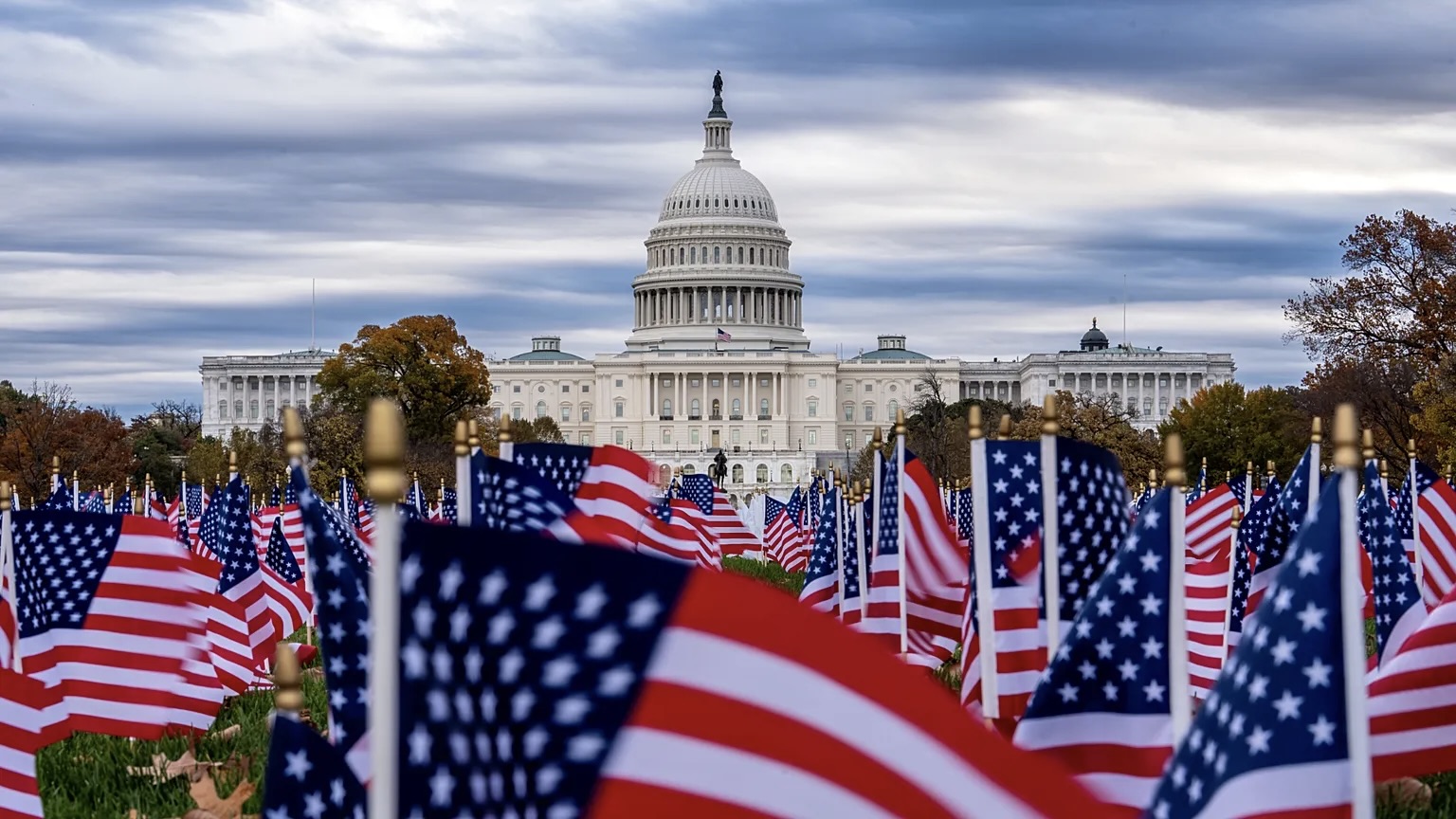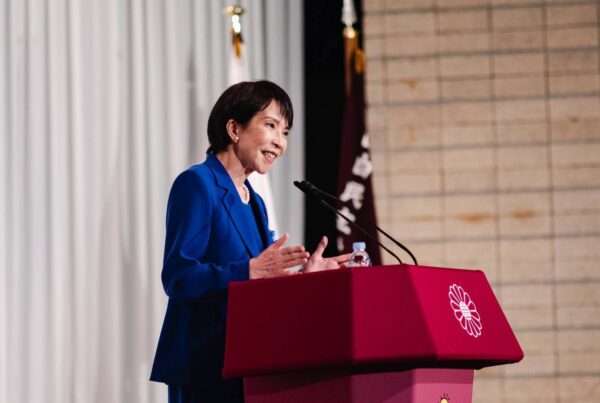US Senate on Monday passed a bipartisan budget compromise to end the longest government shutdown in US history, sending the bill to the House of Representatives for final approval.
The measure, approved after weeks of political deadlock, promises to reopen federal agencies, pay backlogged employees, and provide relief for millions affected nationwide.
Senate Vote and Political Dynamics
The Senate voted 60–40 in favor of the compromise. The bill gained strong support from nearly all Republican senators and eight Democrats, signaling a rare moment of cooperation after prolonged partisan tension.
Democrats had attempted to tie continued government funding to an extension of health insurance subsidies, but the proposal failed to gain enough traction. Despite internal disputes, both parties agreed that prolonging the shutdown would damage public trust and economic stability.
The Negotiation Process in the US Senate
Negotiations stretched over several weeks as federal agencies struggled with limited resources. Lawmakers faced mounting pressure from the public and markets, urging a swift resolution.
Key Senate figures, including Majority Leader Mitch McConnell and Minority Leader Chuck Schumer, pushed for a pragmatic deal that would avoid further damage to essential services.
What the Vote Means Politically
The outcome reflects a temporary truce rather than a long-term policy shift. The US Senate’s compromise was described by some analysts as “a political necessity disguised as bipartisanship.” While Republicans celebrated the end of the shutdown, Democrats emphasized that the fight for healthcare funding would continue.
Impact of the Shutdown on Americans
The shutdown, lasting over a month, paralyzed major sectors of government.
Millions of Americans lost temporary access to food assistance, while hundreds of thousands of federal employees went unpaid. Air traffic control centers operated on skeleton crews, causing delays and safety concerns at major airports.
Federal Workforce Under Pressure
Many federal workers were forced to rely on community food banks and personal loans during the crisis. The National Air Traffic Controllers Association reported an alarming rise in fatigue-related safety incidents due to understaffing.
Public Reaction and Polling Data
A Reuters/Ipsos poll revealed that 50% of Americans blame Republicans for the shutdown, while 43% blame Democrats. Analysts believe this perception increased pressure on both parties to reach an agreement.
Key Provisions in the Compromise Bill
The legislation funds federal agencies that have been unfunded since October 1, preventing further disruptions in critical services.
It also delays the Trump administration’s plan to reduce federal workforce until January 30, and secures funding for the Supplemental Nutrition Assistance Program (SNAP) through September next year.
Healthcare Subsidies Still in Question
The deal opens the door for another vote in December on extending healthcare subsidies for 24 million Americans. However, the provision offers no guarantees, leaving millions uncertain about future coverage.
Fiscal Impact and Spending Outlook
According to Senate budget analysts, federal spending remains on track to increase the national debt by $1.8 trillion annually, pushing total debt to around $38 trillion. Fiscal hawks warn this trajectory could strain future policy flexibility.
Next Steps in the House and White House
The bill now moves to the House of Representatives, where Speaker Mike Johnson has pledged a swift vote possibly as early as Wednesday.
President Donald Trump hailed the Senate’s action as “a very good deal,” signaling his readiness to sign the bill once it reaches his desk.
Republican Strategy in the House
House Republicans, who hold a slim majority, aim to finalize the legislation without major amendments. Some conservative members, however, have voiced frustration that the bill does not include deeper spending cuts.
Prospects for Future Bipartisan Cooperation
While the compromise marks a victory for pragmatic governance, experts warn that underlying divisions persist. Future budget negotiations especially around healthcare and entitlement spending are expected to test this fragile unity again by year’s end.
Economic Response and Market Recovery
The financial markets responded positively to the Senate vote.
Major indices in New York rose modestly, reflecting investor relief that the shutdown would soon end. Analysts said clarity in fiscal operations could stabilize credit markets and restore consumer confidence.
Broader Economic Context
Despite optimism, the US economy continues to grapple with rising deficits. Economists project that sustained spending growth without structural reforms may lead to higher borrowing costs in the long term.
Global Implications of the US Shutdown
The end of the shutdown reassures global markets that the US government remains functional. International investors, particularly in Asia and Europe, welcomed the decision as a sign of continued stability in the world’s largest economy.
With the US Senate approving the bill to end America’s longest shutdown, the country inches closer to restoring full government operations and public confidence.
However, debates over healthcare, debt, and federal workforce policy are far from over. As the bill heads to the House and then the President’s desk, Americans are watching whether this moment of bipartisanship will hold or merely pause a deeper political storm.
For further updates on US politics and economic developments, follow the Politics and Economy sections on Olam News.




